John Heitz
TECHNICAL DETAILS
The Risk Based Inspection module of our NO-LEAK solution is able to perform the Semi-Quantitative Risk Assessment on piping and pressure vessels carrying water, oil, and gas fluids. It is anticipated that failure of any of these critical equipment could have dire consequences on the Asset’s HSE goals. Thus, in line with API 581 (amongst other international standards), this module ensures that the ‘Probability of Failure’ and ‘Consequence of Failure’ is accurately calculated whilst ensuring the correct Inspection frequency is specified.
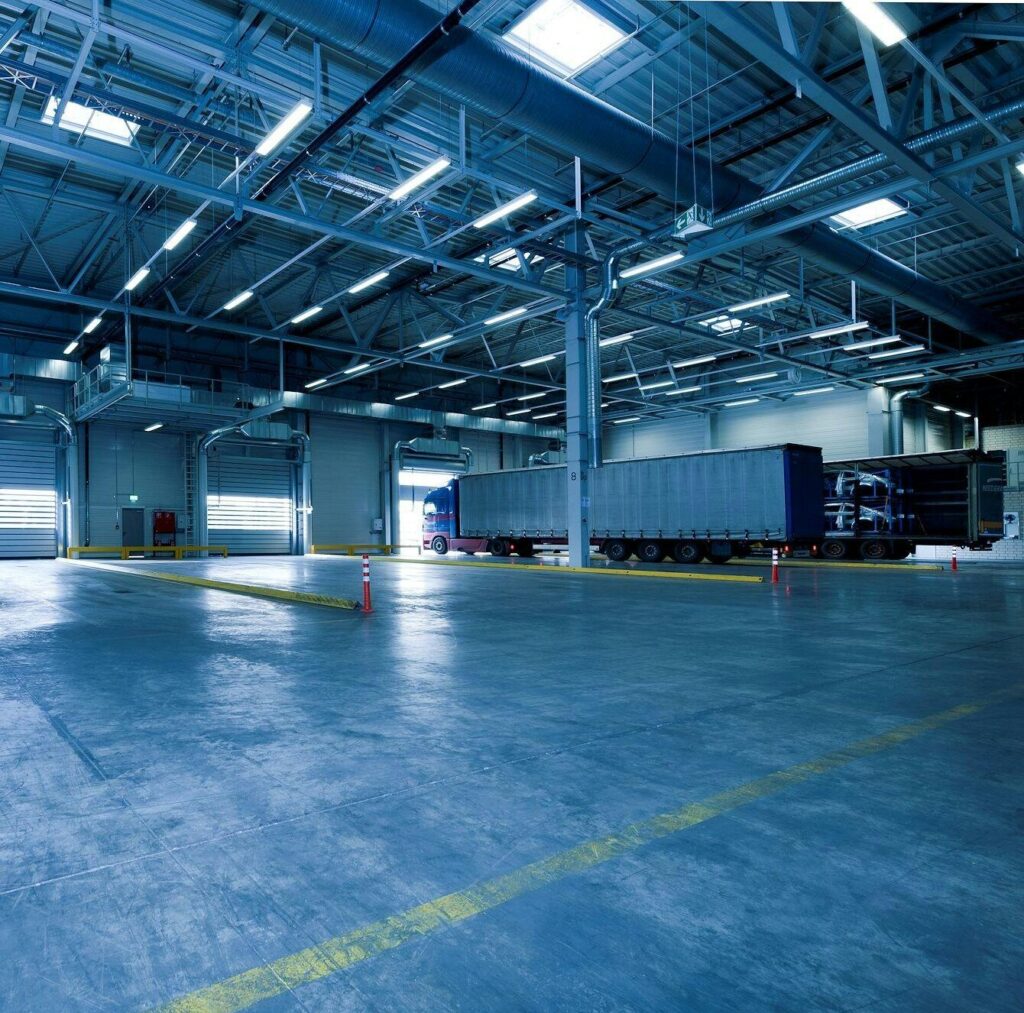

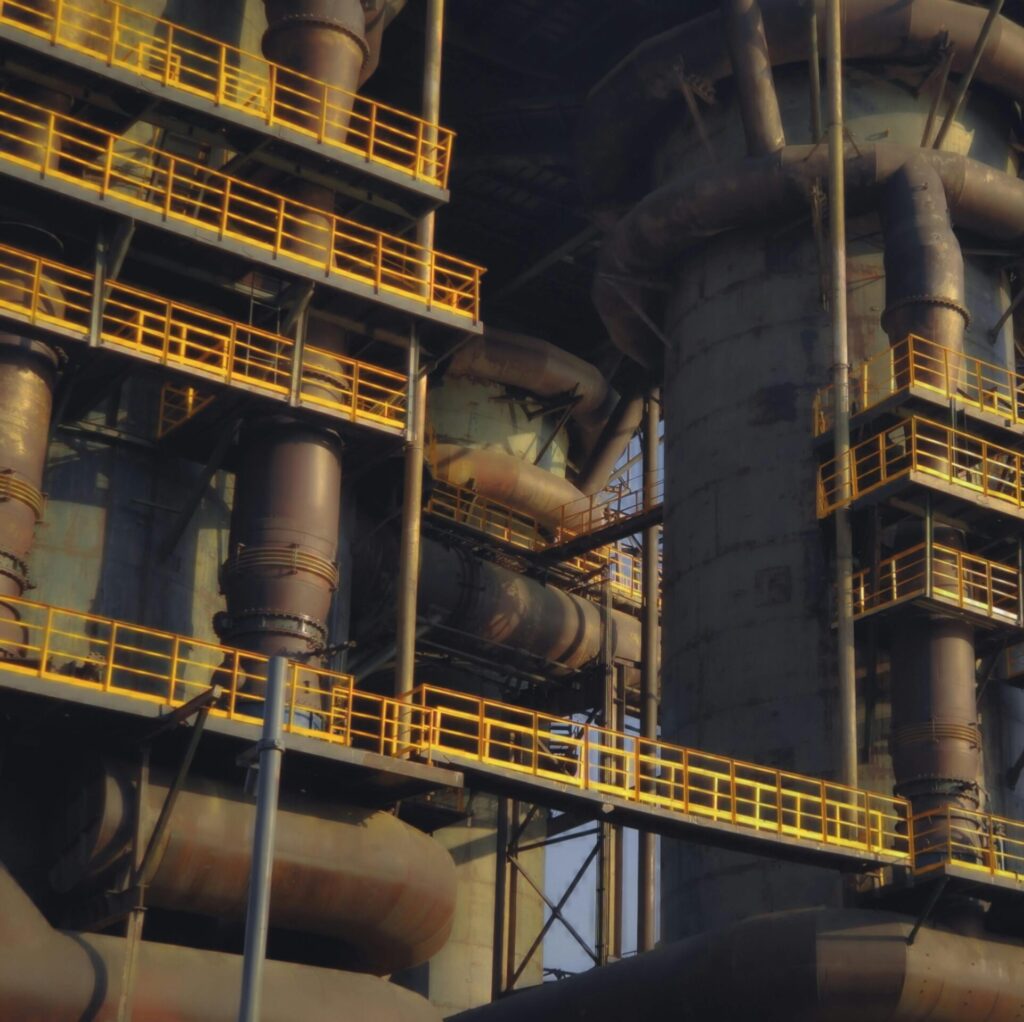
FFS MODULE
The Fitness for Service Assessment module encompasses the assessments for the following equipment in line with various applicable codes and standards –
- Piping
- Pressure Vessel
- Pipelines
FITNESS FOR SERVICE ASSESSMENTS
The Fitness for Service Assessment section encompasses the assessments for the following equipment –
- Piping
- Pressure Vessel
- Pipelines


CATHODIC PROTECTION MODULE
This module was specifically designed to manage Cathodic Protection designs and remote monitoring of Cathodic Protection systems by both impressed and sacrificial systems.
Existing remote Cathodic Protection monitoring units can be connected to this module.
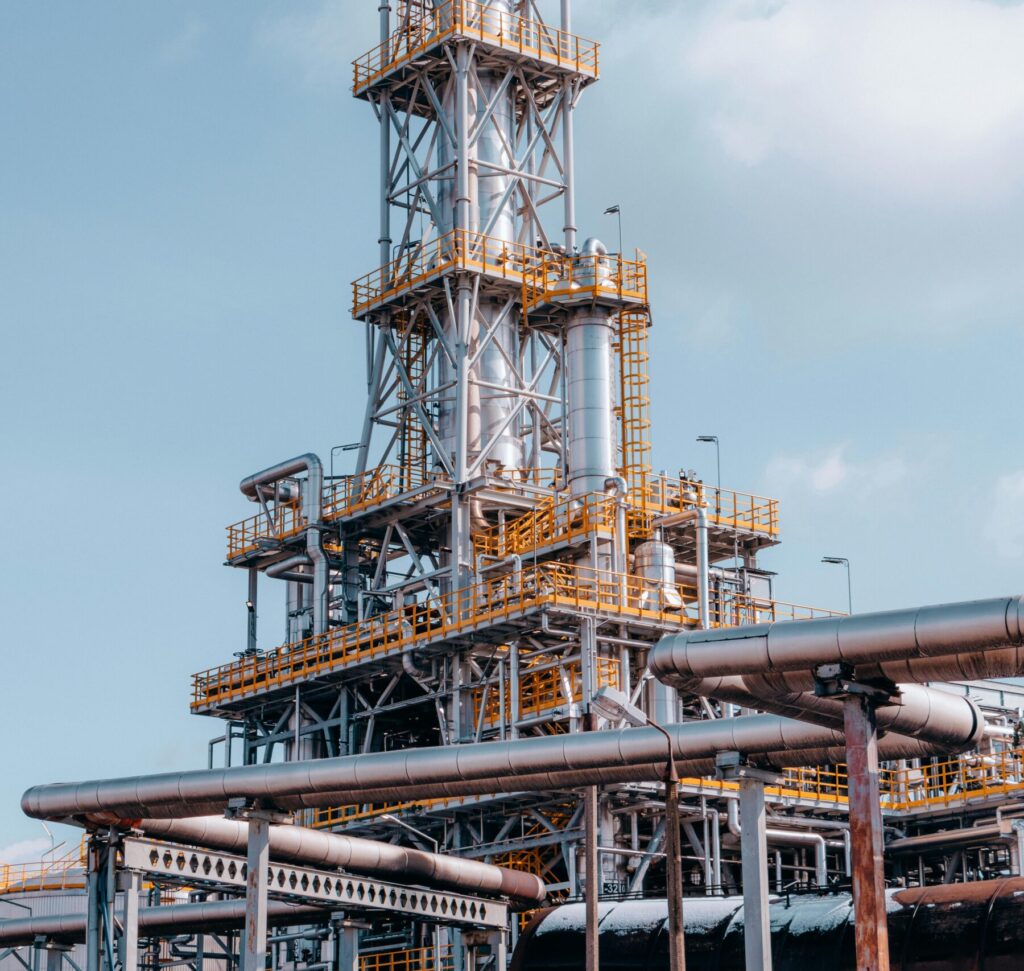

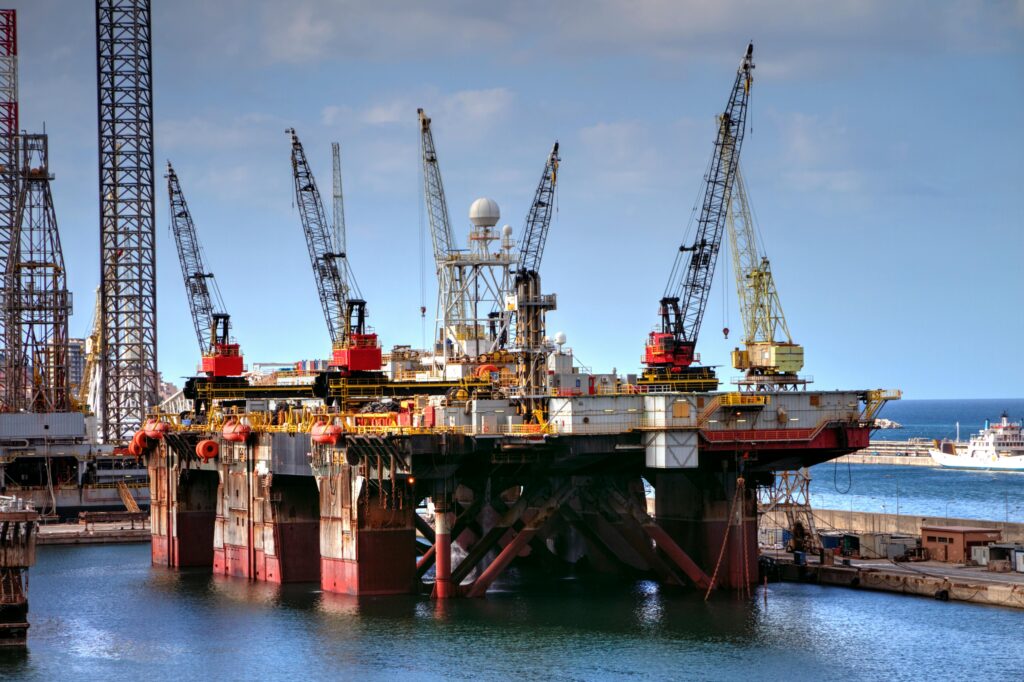
INTERNAL CORROSION MODULE
This module of the NO-LEAK solution was specifically designed for the management of Internal Corrosion.
We designed it because we noticed that in most Assets, Operators were not connecting the increased internal degradation rate to the increased inspection frequency – We thus hope that module helps operators quickly detect when their site activities are resulting in increased degradation rate beyond the prediction of the Risk Based Inspection module.
It is further divided into 2 sections:
- Internal Corrosion Monitoring Equipment Assessment
- Corrosion Chemical Treatment Assessment
INTERNAL CORROSION MANAGEMENT
This section of the Application is specifically directed at internal corrosion management. It is further divided into 2 sections:
- Internal Corrosion Monitoring Equipment Assessment
- Chemical Treatment Assessment


WELL INTEGRITY MODULE
This module is aimed at planning and keeping track of all well integrity activities alongside using the Swiss Cheese assessment technique to note failure points requiring immediate actions.
It is quite necessary to ensure the optimal operation of the wells as they are one of the most critical component of an Oil and Gas Asset.
It thus helps detail the current status of the Wells within an Asset.
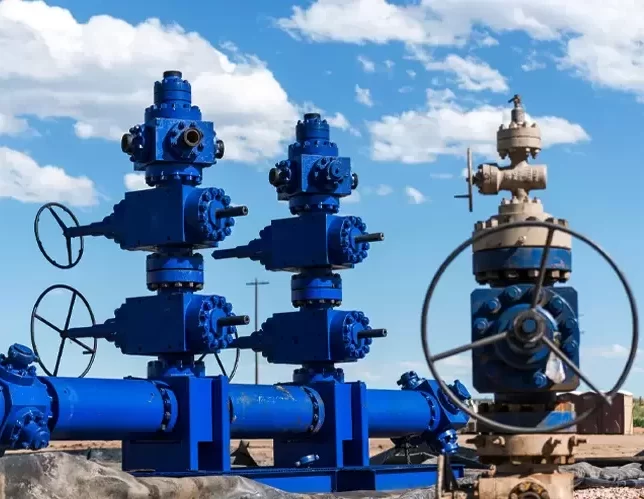
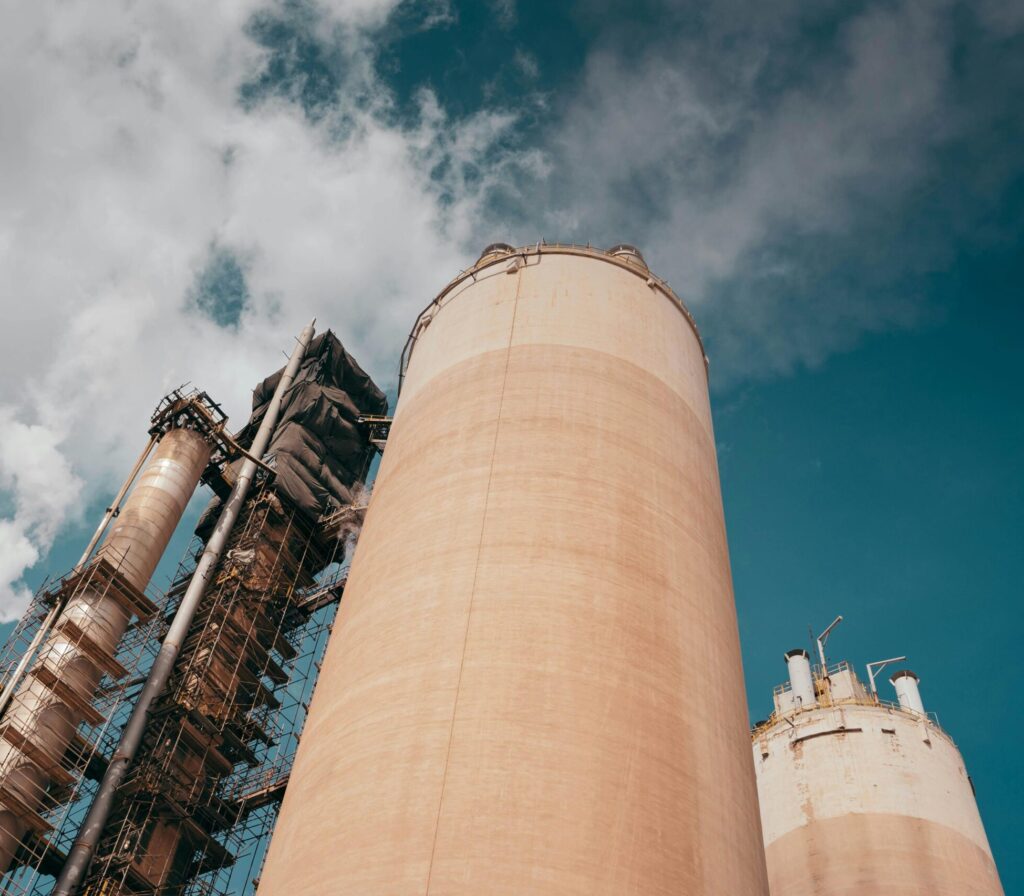

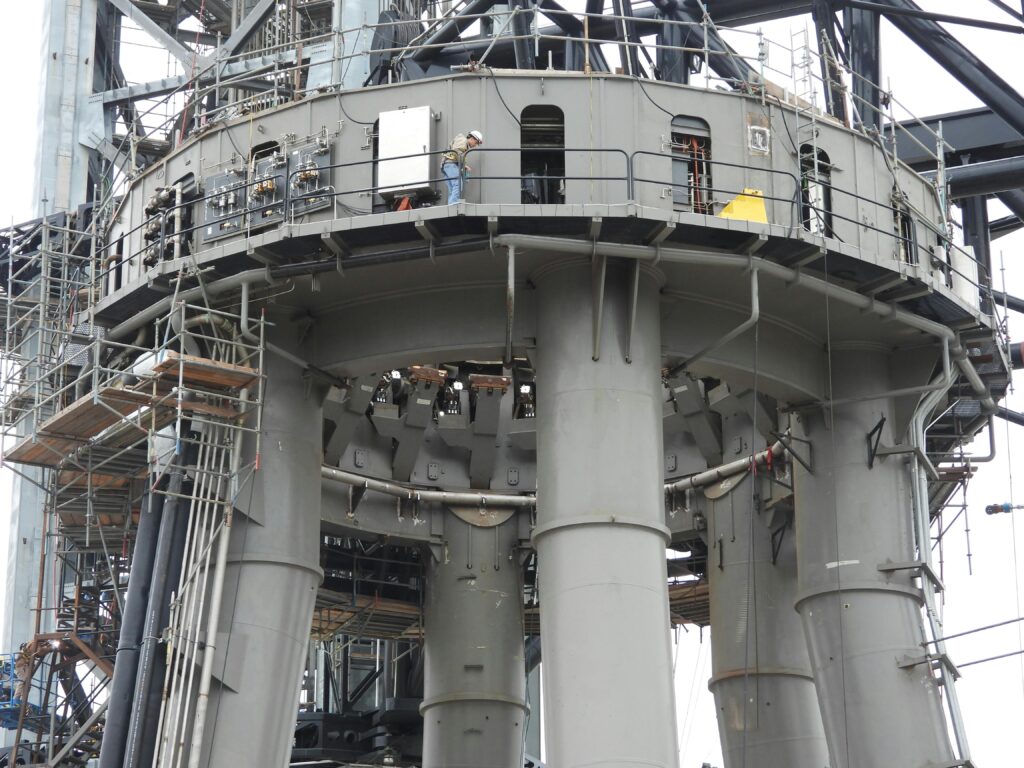
ANOMALY MODULE
This module is generally a reporting tool aimed at assisting Operators which do not have and Plant Maintenance CMMS solution aimed at recording or raising anomalies requiring actions or temporary deviations implemented on site.
It is divided into 2 namely:
- Defect Management
It is aimed at managing Integrity and Non-Integrity related defect anomalies. Within this section, Operators will be able to keep track of all defects on all Equipment. For Operators having a Cloud-based CMMS system, we are also able to remotely connect to it in order to either obtain or send data to the CMMS system.
- Deviation Management
It is aimed at managing all temporary actions implemented by the production teams on site, due to operational issues. With this section, Operator’s Asset Integrity personnel are able to keep track of issues within their Assets.
ANOMALY MANAGEMENT
This section is divided into 2 namely:
- Defect Management
It is aimed at managing Integrity and Non-Integrity related defect anomalies. Within this section, operators will be able to keep track of all defects in the pressurized equipment and ensure that all equipment operates within their respective integrity operating windows. - Deviation Management
It is aimed at managing all anomalies due to operational issues. With this section, operators can keep track of issues which should be rectified at a future date.


FMECA ASSESSMENT MODULE
This module is aimed at ensuring all non-pressurized equipment are effectively assessed for its attendant criticality to the entire system. At the end of the assessment, Operators will be able to identify all non-pressurized Equipment which are important for the Asset to be functional enough to achieve the planned operational design.
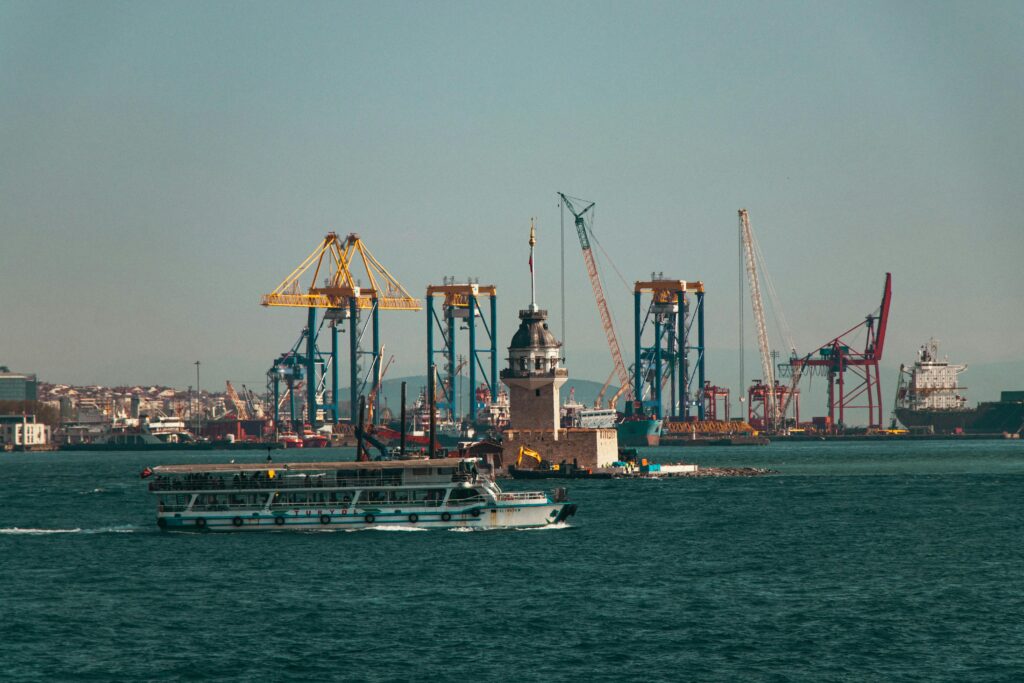

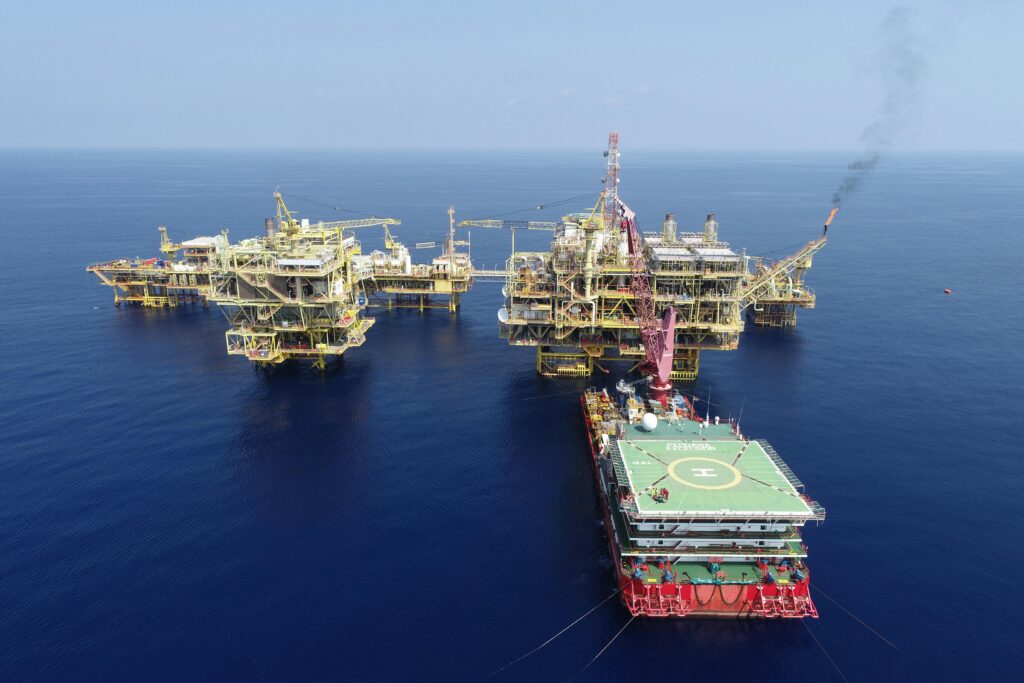
SAFETY DEVICES MODULE
This module is aimed at ensuring Operators are able to manage the movement and Integrity of all Safety Devices.
It thus tracks and reports on all Safety devices thus ensuring all Safety devices (PSVs, TSVs, PVSVs, Bursting Disks, etc.)’s replacement, testing, and repairs are managed optimally in line with the required regulatory requirements.
PRESSURE AND TEMPERATURE SAFETY DEVICE MANAGEMENT
This section is aimed at ensuring all PSVs, TSVs, PVSVs, etc. replacement, testing, and repairs are managed optimally in line with the required regulatory requirements.


IOW MODULE
This module manages all pressurized equipment in a system manner and eases the management of these systems.
It helps instill the system-based review of equipment condition within a system volume.
With this section, a system status managed as each Equipment within a System contributes to the functionality of the system.
In the same manner, an Equipment’s failure within the group, affects the functionality of the System.
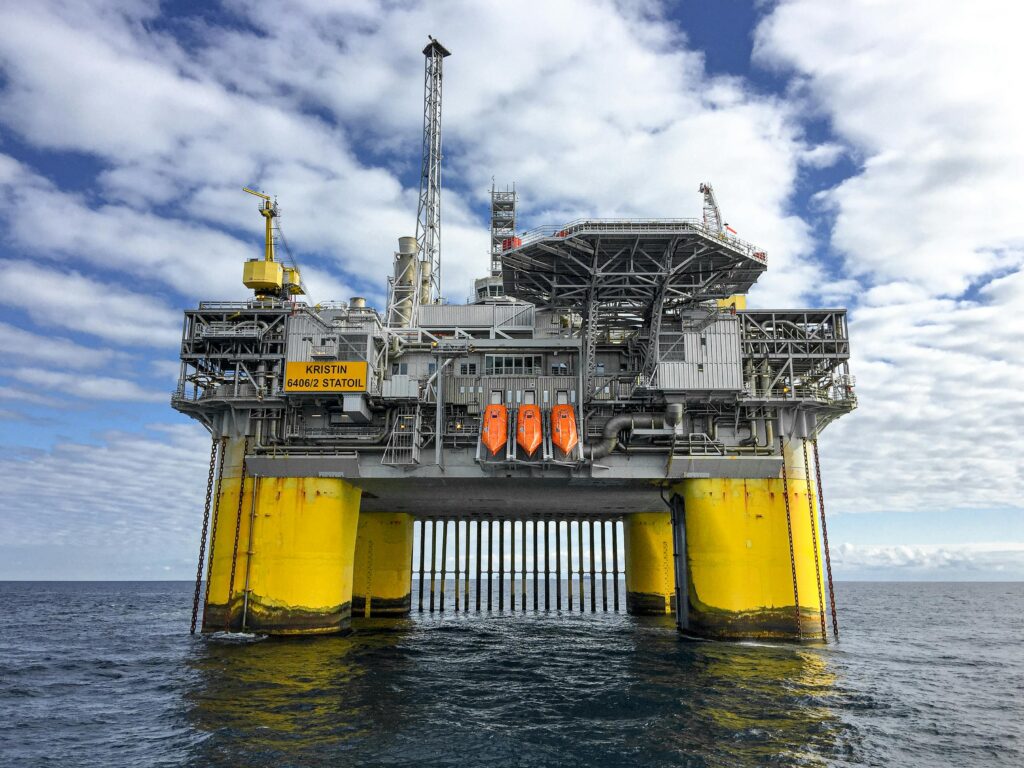
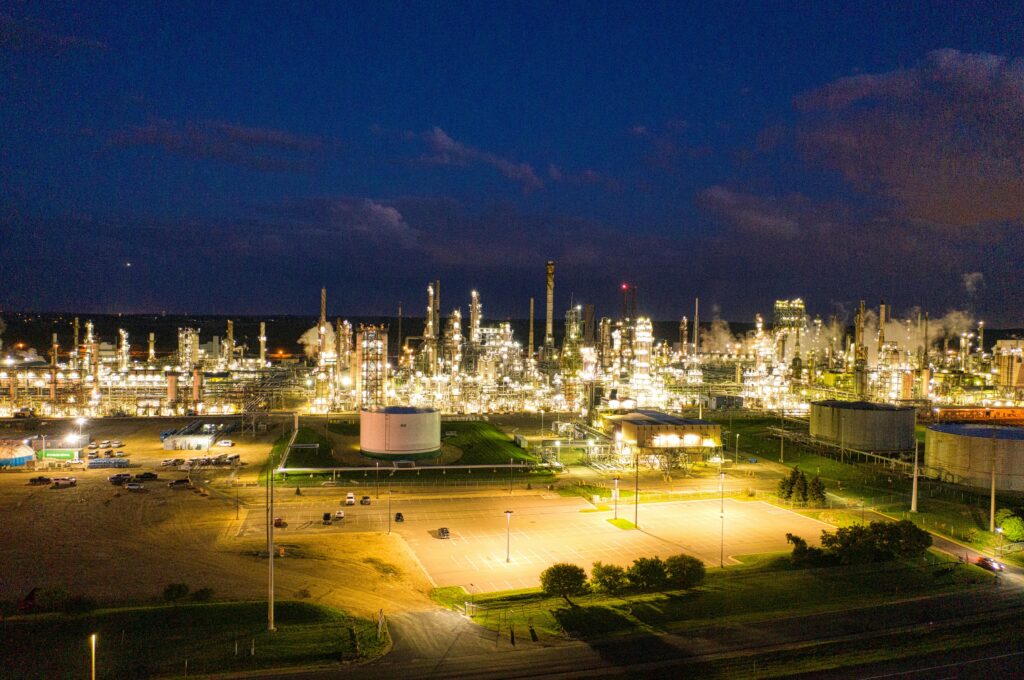


SECE MODULE
This module helps Senior Management keep track of the condition of high-risk equipment which could damage the organization’s production, and reputation if it fails during operation.
For an equipment to enter into this categorization, its loss of containment must have a high consequence on the Asset’s production or the Operator’s reputation.
From experience, about 8-15% of all Equipment in an Asset, are typically categorized as SECE.
SAFETY, ENVIRONMENT, CRITICAL ELEMENT MANAGEMENT
This section ensures Senior Management constantly has an overview of the condition of high-risk equipment which could damage the organization’s reputation if it fails on site.


PRESCRIPTIVE INSPECTION MODULE
This module was strategically created for Operators with no CMMS.
It is aimed at planning all Inspection and Maintenance activities to be carried out on any Equipment in an Asset, in line with prescriptive requirements.

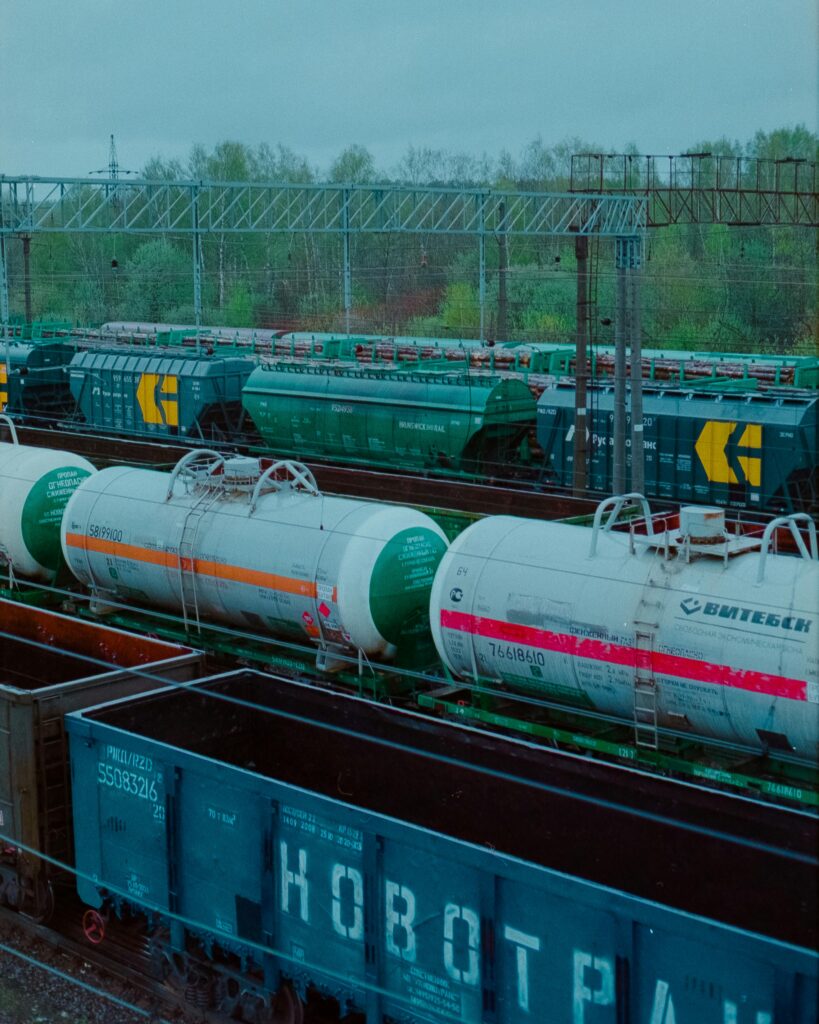
Feedback
Thank you very much for the great service! I feel your company provides a good user interface. The process was simple and easy to use! –
Amar Kahul
The calculators in the website have really helped me and our business. Man, this thing is getting better and better as I learn more about it. –
Bob Jones
GeekyExperts are the best! The calculators are free to use and really simple, also you can get a lot of books in their shop! –